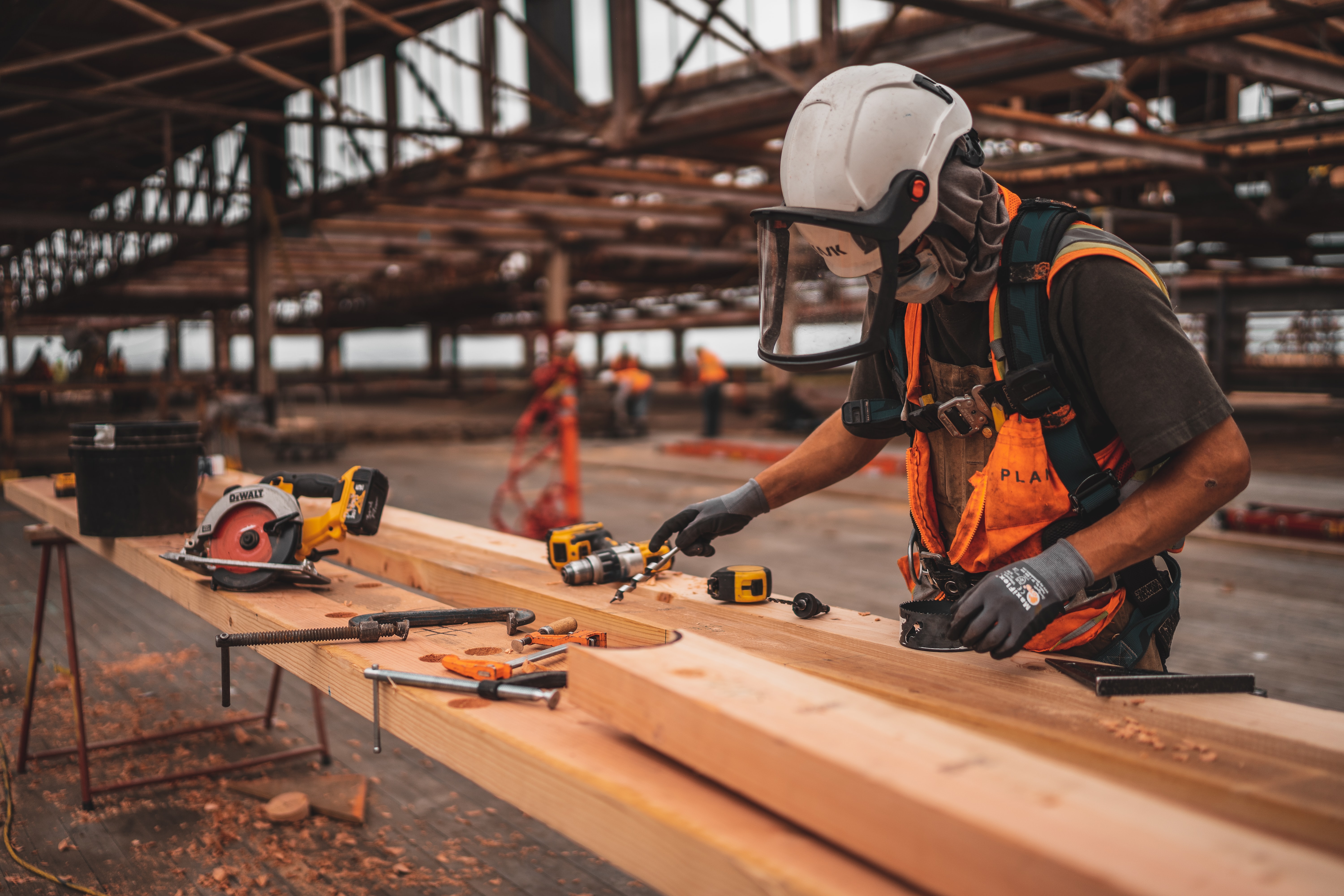Robots in Construction for 2021 and 4 Ways the Industry Will Benefit

Operators in the construction industry have long believed they are far from their optimum level of productivity. This is because much of the processes and tasks in the industry are carried out manually.
While the industry uses technology, it has a bad track record for growth in the areas of digitization and productivity. For example, a McKinsey report shared that from 2005 to 2015, the industry only experienced an average year-over-year growth in digitization and productivity of 4%. This reveals that the construction industry experiences one of the lowest rates of growth in this area.
In recent times, the industry has started to open the door for robots to be used on construction sites. According to Rian Whitton, an ABI Research analyst, robots can play a role in such tasks as bricklaying, painting, loading, and bulldozing. Whitton also shared that hundreds of Autonomous Mobile Robots will flood the industry over the next two years, primarily focusing on haulage.
Let’s look at some of the changes that robotics can bring to the construction industry.
1. Boost the Efficiency of Tasks
Robots are not subject to human experiences such as fatigue, burnout, and even a lack of interest in a repeatable task. As a result of this, robots can be more efficient in handling tasks that the normal human might find monotonous or can be burned out by. So long as a robot is maintained and serviced appropriately, it can provide a consistent quality of work that will bring tremendous efficiency to a construction site.
2. Reduce Operating Costs and Wastage
The fact that robots can operate for much longer and at higher levels of precision than human beings makes it inevitable that operational costs and wastage will be reduced. Now, it must be mentioned that the human aspect of construction might not be wise to completely remove, but such things as cobots can help construction companies to tap into this benefit. Instead of removing the craftsmanship offered by human beings, companies could consider cobots that are operated by human beings with top-notch construction knowledge.
3. Reduce the Number of Injuries During Construction
In 2014, over 19,000 injuries caused by overexertion were reported. This is not alarming because this is the nature of this industry. It often involves heavy lifting, hazardous elements, and somewhat dangerous terrain or platforms. The implementation of construction robots can result in a significant reduction in injuries on a construction site. The TyBot is one autonomous robot that is already helping to reduce the number of injuries in the industry.
4. Robots Can be Programmed or Designed to Meet Specific Needs
There are many construction tasks that are traditional and may not experience any change any time soon; however, there are cases where innovative construction companies may want to do things differently. The fact that robots can be programmed or designed for different tasks, gives construction companies the chance to be more innovative with their processes and execution.
The Future of Construction is Robotics
These 4 benefits of using robots in the construction industry are far from capturing the numerous and vast improvements that robots will bring to the industry. The use of AMR and other forms of AI will significantly change the industry in the very near future.
December 21st, 2020 | construction management
Related Posts
SIGN UP FOR OUR NEWSLETTER
Recent Posts
Categories
Archives
Archives
- January 2024 (1)
- July 2023 (1)
- January 2023 (1)
- September 2022 (1)
- March 2022 (3)
- February 2022 (3)
- January 2022 (2)
- December 2021 (4)
- November 2021 (2)
- October 2021 (2)
- September 2021 (2)
- August 2021 (2)
- July 2021 (3)
- June 2021 (2)
- May 2021 (2)
- April 2021 (2)
- March 2021 (5)
- February 2021 (4)
- January 2021 (1)
- December 2020 (1)
- November 2020 (3)
- October 2020 (2)
- September 2020 (2)
- August 2020 (2)
- June 2020 (1)
- May 2020 (2)
- April 2020 (1)
- March 2020 (2)
- February 2020 (1)




